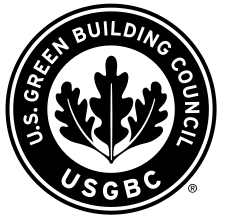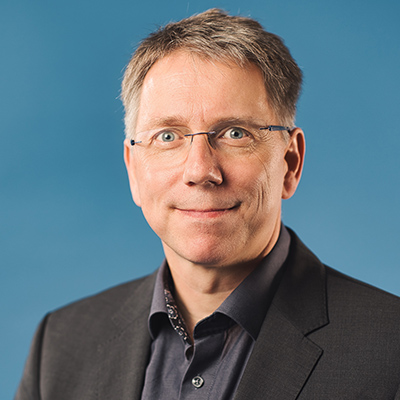LEED
LEED (Leadership in Energy and Environmental Design) is the leading program for green buildings and communities worldwide, run by the U.S. Green Building Council (USGBC)
It is available for virtually all types of building. LEED provides a framework for healthy, highly efficient, and cost-saving green buildings
LEED certification is globally recognized as a symbol of sustainability achievement and leadership and contributes to reduced energy use and carbon emissions, helps conserving water, reducing waste, promotes the use of green materials and the implementation of sustainable strategies

LEED v4 BD+C – EA Credit: Green Power and Carbon Offset
European project teams have the Flexibility to purchase their green power in alignment with European regulations and additional environmental criteria, or to acquire green power through an ecolabel certification program deemed equivalent to the Green-e Energy program based in North America
Projects in Europe can use EKOenergy as an equivalent to Green-e. More information on EKOenergy and how to procure it can be found here

LEED v4.1 – The new v4.1 standard (Currently Under Development)
For the different rating systems three different strategies (tiers) have been developed. For tier 2 new off-side renewable electricity from plants younger five years and Green-e certified has to be used. For tier 3 Green-e certified or equivalent renewable off-side electricity is required
Please note: Green-e is currently not established in Europe. If you are interested in procuring GOs according to LEED v4.1 please get in touch!
LEED v4.1 BD+C & LEED v4.1 ID+C (April 2021) – EA credit: renewable energy
To reduce the environmental and economic harms associated with fossil fuel energy and reduce greenhouse gas emissions by increasing the supply of renewable energy projects and foster a just transition to a green economy
Tier 2: New off-site renewable energy
- Off-site renewable electricity that is produced by a generation asset(s) built within the last five years or contracted to be operational within two years of building occupancy
- Green-e Energy certification or equivalent is required for one-time purchase and delivery of EACs of more than 100% of the project’s annual electricity use
Tier 3: Off-site renewable energy
- Off-site renewable electricity that is Green-e Energy certified or equivalent or captured bio-methane
The default contract length for renewable energy procurement is 10 years. Contract lengths less than 10 years may be pro-rated. Off-site renewable energy must be generated by renewable electricity projects located in the same country or region where the LEED project is located
LEED v4.1 Residential BD+C multifamily homes (April 2021) – EA credit: renewable energy
Projects may choose one or more strategies for renewables procurement from the categories below:
- on-site renewables
- new off-site renewables
- existing off-site renewables
- green-e certified energy certificates
All off-site qualifying resources must be contracted, owned, or leased for at least 15 years; existing off-site renewables, energy certificates must be procured from projects that have come online or been built within the last 15 years
LEED v4.1 CITIES AND COMMUNITIES: EXISTING (April 2021) – EN credit: renewable energy
Cities or communities may choose one or more strategies for procuring renewable energy (i. e. small-scale hydro < 25 MW) from the categories below. Categories for renewable energy are local renewables, off-site renewable energy generation (procured or contracted by the city, community or utility). Green-e Energy certification or equivalent is required for delivery of energy certificates
How can we help you?
Interested in procuring GOs for LEED? Please get in touch!
Contact

Oliver Germeroth